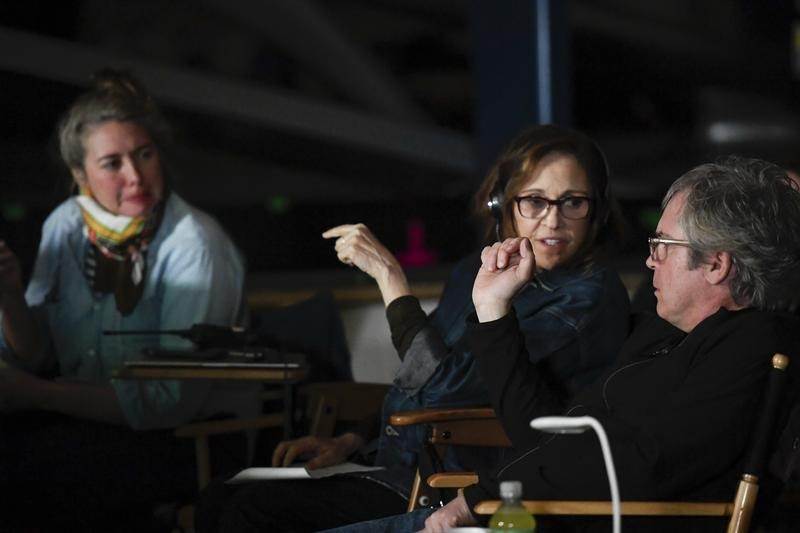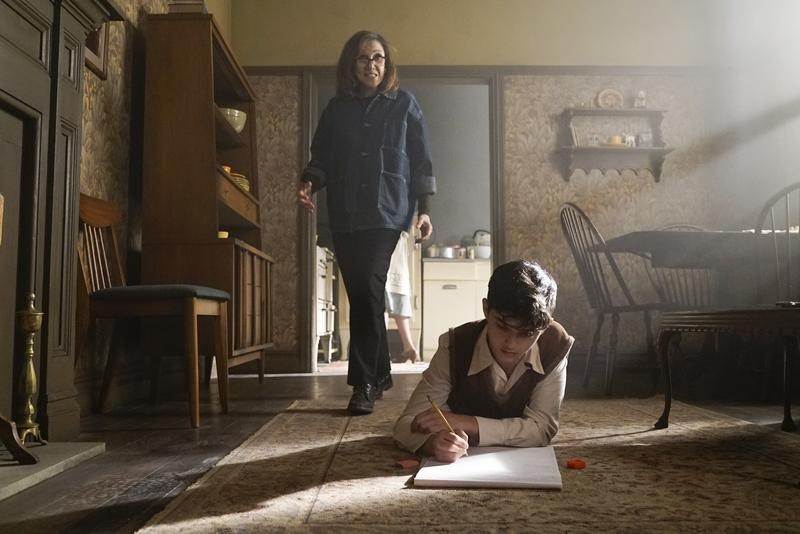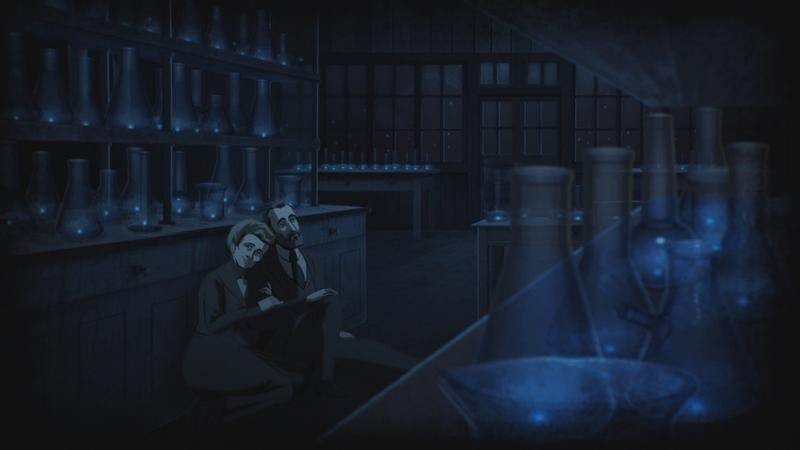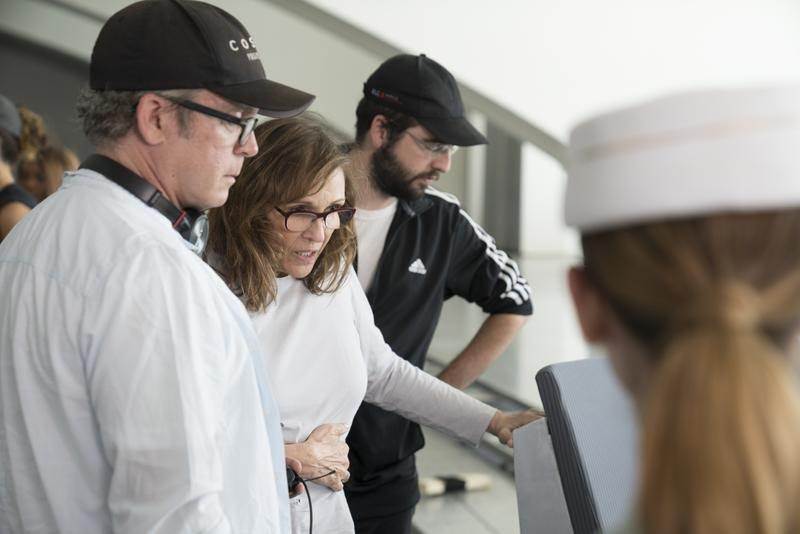The popular scientific exploration series Cosmos returned for a third season earlier this year with National Geographic’s Cosmos: Possible Worlds, which will air on network television this Fall on Fox. The International Documentary Association (IDA) reunited three of the key players on this new season for a conversation about the series and to answer questions from fans.
“It was like being dropped in the middle of the Pacific Ocean and being told to swim,” Ann Druyan shared about creating the original series, Cosmos: A Personal Voyage, in 1980 with her husband Carl Sagan. “But I think it also worked in our favor because we didn’t know what we shouldn’t do and what we weren't supposed to do.” The original series, which aired on PBS, filmed in 60 locations around the world. “What a joy every moment of it was. I’ve been so lucky in all of my collaborators. I revere, adore every one of them.”
Carl Sagan passed away in 1996 but Ann kept dreaming of continuing the series. “Carl could’ve done the original series without Steve [Soter] and me, we couldn't have done it without him. Those were just some big impossible shoes to fill,” the co-creator of the original program shared. Without Carl, none of the networks wanted to work with her and the ones that were interested wanted creative control. It was Family Guy creator Seth McFarlane, a fan of the original series, who opened up doors for Ann to have a new version made for Fox. “It was really astonishing to me that we pulled it off and were received with such graciousness.”
“I got a call out of the blue from Seth, I want to say in 2010,” Director Brannon Braga shared about getting involved with Cosmos: A Spacetime Odyssey. “Just out of the blue saying ‘Are you a fan of Cosmos?’ And I was. It had a huge influence on my life when I saw the 1980 version. He asked if I might get involved to help get it made and I was terrified to meet Ann because I’d been a fan of her writing for a long time. Shadows of Forgotten Ancestors, which she wrote with Carl Sagan, is one of my favorite books.” Brannon shared his experience of his first meeting, where much of the second season was already written. “It was always in the back of my mind, is this going to measure up to the original? And it really wasn’t until we got on the sound music mixing stage where all of the components were in place that I think Ann and I realized at the same time that it’s going to be okay.” History repeated itself with Cosmos: Impossible Worlds with anxieties over the third season being able to live up to previous versions of the series. “You can only do your best.”
Brannon was impressed with the concept for the third season. “Ann had the concept of Possible Worlds, which alludes to many different things. It could mean exoplanets, it could mean states of mind as a possible world…. We wanted to tell all-new stories. There are some recurring characters and set pieces from the previous two seasons, but with Possible Worlds as the concept, we started in Ithaca in a 3 day summit.” This time, the director got to take part in the writing stages from the beginning. “We sat with several scientists in Ann’s house for 72 hours to discuss topics we want to explore.” It then took two years to write the season, with added complexities of making it both factual and entertaining.
“To be a Cosmos story, and this goes back to the original in 1980, it has to be a gateway into a scientific idea,” Ann shared about the consistent approach to all three seasons. “It has to be a story with drama so that it’s not just your mind that’s engaged, but your feelings, your yearning for that spiritual uplift. For that sense of being part of the fabric of the universe… It’s gotta have the drama, it’s gotta have a scientific truth that when we’re done telling the story, everyone in the audience will own it.”
Visual Effects Supervisor Jeffrey Okun was delighted to join the series. “I’m a huge fan and watched all the other seasons,” the effects artist shared. “When I’m dealing with visual effects, I can do anything. We have no limitations anymore except good taste and sometimes not even that… What Brannon and Ann put down on the page was phenomenal, exciting stuff, that as I dug into the research and they introduced me to scientists, it opened a window into science I had not seen before. And what was revealed to me is the world is an amazing place… Translating that into the visual effects story, it was terrifying and exhilarating at the same time because it was impossible.” His approach was science first, beauty second, but he quickly realized that science is often naturally beautiful.
This season has some of the great hand-drawn animation from previous versions, but also added a new element. “We have two kinds of animation in this season,” Ann explained. “The 2D animation for both seasons has been done by a remarkable producer, Kara [Vallow], and her team of Lucas Gray and Brent Woods and Allie Corrigan. What we tried to do with the animation was to work with them and with various people who could inform all of us on the appropriate backgrounds that were done by Andrew Brandeau and the costumes of the time and I think they’re brilliantly effective. As well as the stop motion animation, which we used for one particular story, which is the story of Nikolai Vavilov. And then the great Viggo Mortenson and other actors bringing to life this extraordinary scientific hero to dramatically move reality. I absolutely love the animation sequences.”
Originally scheduled to premiere in spring of 2019, Cosmos: Possible Worlds was put on hold following allegations of sexual misconduct by host Neil deGrasse Tyson. “Certainly Neil’s performance was completely in the cann when these allegations were first made,” Ann shared about the shocking news. “There were actually four independent investigations and we mounted one of them.” Ann and her team took a queue from the show and followed the evidence to make sure they were doing the right thing. “There was a lack of respect for certain boundaries, not just between men and women but just all kinds of boundaries. There was a lack of sensitivity, but there was nothing that we could find after an exhaustive investigation that rose beyond the level of insensitivity. If we had found otherwise, then I think we all would’ve agreed that we would have to accept that and the heartache that that meant. But it didn’t turn out that way.”
The Cosmos series has always strived to tell the story of human accomplishment through stories of science and Ann can see that we’ve entered into a new era. “This spring has really increased my optimism because I’m seeing people all over the country and all over the world not looking at a single leader to tell them what to do, but looking to what they know from their own life experience to try and thrive for a more ethical, more enlightened way of living.” The series is full of individuals from the past who have tried to do just that, but now it’s becoming a community effort. “And to me, science is part of that. The reason the original series is still beloved is because of the hope. Carl was certainly an optimistic person and certainly one of the most learned.” Carl Sagan’s unique combination of optimism and skepticism carries on in Cosmos: Possible Worlds.




